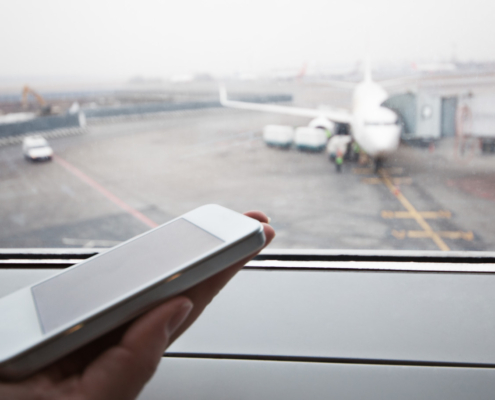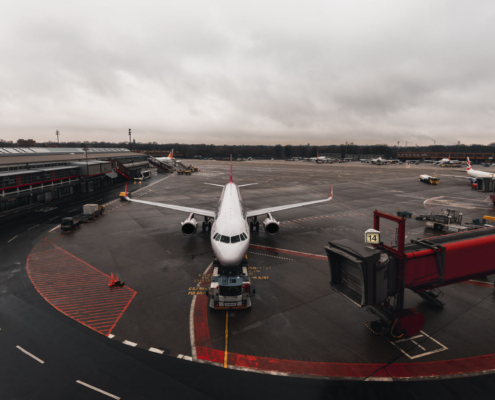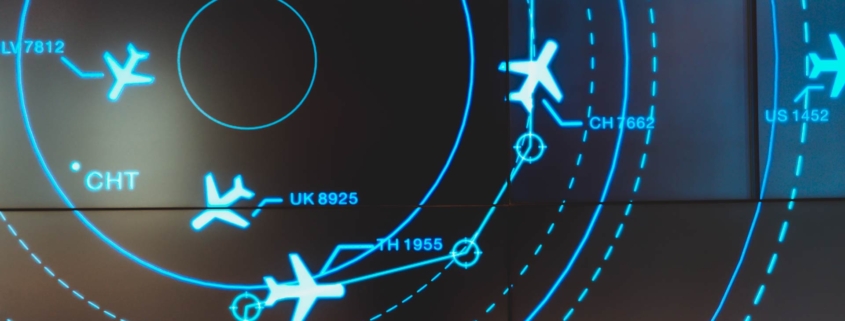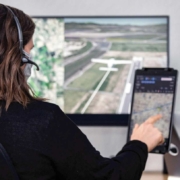In recent years, the term “5G” has become synonymous with speed and efficiency in communications. But how is this technology really impacting places like airports? Here, we will explain how 5G networks are changing airports.
5G Networks: Success in Airports
One of the examples of the successful application of 5G networks in airports is the Beijing-Daxing International Airport in China. Being one of the largest and most modern airports in the world, it implemented a state-of-the-art 5G network to enhance operational efficiency and passenger experience.

Image: Freepik.
Thanks to this 5G network, passengers can use augmented reality applications to navigate the airport and find their boarding gate faster. Additionally, the baggage tracking system has become more accurate, reducing luggage losses and streamlining the claim process.
Speed and Low Latency
5G technology brings with it two fundamental features: ultra-fast speeds and low latency. This optimizes communication and data exchange.
Operational Efficiency at the Heart of the Terminal

Image: Freepik
With the use of 5G networks, Incheon Airport in South Korea enables a fully automated boarding process. Passengers can use their smartphones and facial recognition to board the plane without the need for physical documents or manual checks.
Customer Experience
Customer experience at airports also benefits from 5G networks, thanks to faster connection speeds and low latency. At Singapore’s Changi International Airport, visitors can access a wide range of mobile app-based services thanks to the 5G network. From interactive maps to placing orders at restaurants and duty-free shops, the experience becomes much more personalized and convenient.
The Future of Connectivity in Airports
The future of connectivity in airports looks brighter thanks to the power of 5G networks. It’s a change that reminds us that in the age of technology, the sky is no longer the limit.












Leave a Reply
Want to join the discussion?Feel free to contribute!